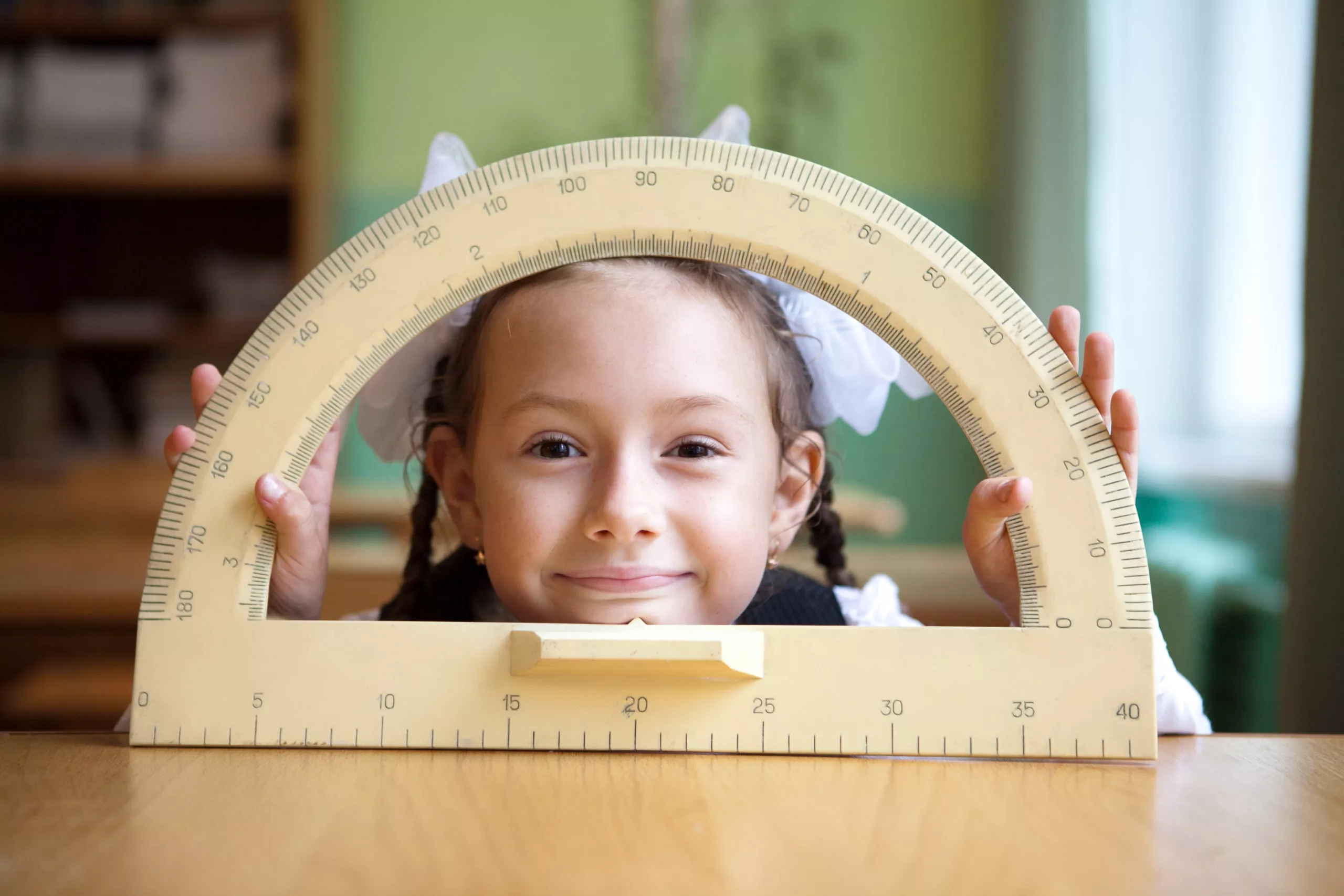Learning about myopia treatment options will prepare you to come up with the best plan with your child’s eye doctor to help slow your child’s myopia progression.

You found out from your child’s eye doctor that he or she has myopia. Now, it’s time to discuss myopia treatment options. This article will provide helpful information, including guidance from real eye doctors, that will put you in a position to partner with your child’s eye doctor to slow the progression of myopia and help protect your child’s vision.
What is myopia management?
Myopia management is a process in which an eye doctor:1
- Identifies risk factors for myopia and high myopia
- Provides information, advice and recommendations to children, parents, and other stakeholders
- Prescribes appropriate interventions to slow myopia progression and reduce the risk of developing high myopia
- Is proactive in taking and recommending steps
In addition to recommending and taking next steps, an eye care professional will track the progression of myopia after they diagnose your child.
Why haven’t I heard about myopia management before?
“You haven’t heard of myopia management before, because we really didn’t know how to treat it in the past,” says Dr. Roxanne Achong-Coan, OD.
A focus has been put on the development of myopia treatment options as the problem of myopia has grown over time. Myopia is an increasingly prevalent refractive disorder of the eye that can ultimately lead to vision loss. An estimated 24% of the world’s population is myopic and 4% of the world population has high myopia (greater than -5 D). One study projected that the prevalence of myopia will increase to nearly 50% by 2050 and high myopia to increase to nearly 10% percent.2
What does my child’s prescription mean and why is my child’s eye doctor suggesting myopia management?
A refractive error, like nearsightedness, is measured in diopters (D), and myopia is indicated with a minus sign.3 In any eyeglass prescription, it is represented as the first number you see.
The severity of nearsightedness is often categorized like this:4
- Mild myopia: -0.25 to -3.00 D
- Moderate myopia: -3.25 to -5.00 D or -6.00 D
- High myopia: greater than -5.00 D or -6.00 D
In the immediate term, an eye doctor may want to start myopia treatment for your child so they will have a more stable prescription and suffer less time with blurry vision between eye exams.5 In the long term, severe eye diseases like retinal disease, cataracts, and glaucoma can occur in people with moderate and high myopia.6
As Dr. Gifford, a clinical optometrist and director of MyopiaProfile.com explains, “The point of myopia control (the area of scientific research) and myopia management (putting it into clinical practice) is to keep myopia as low as possible, as this reduces the lifelong risk of potentially blinding eye diseases.”7
“The second time I see a myopic child is when I can explain why parents’ genetics, child’s average outdoor time, refractive power, and the baseline axial length all matter in quite different ways than just needing glasses. Because we’ve already covered the glasses conversation and they’ve had time to process, now we can discuss that a myopic eye is longer than a typical healthy eye”, said Katherine Schuetz, OD. “Unfortunately, longer eyes have a significantly higher risk for retinal detachment, myopic maculopathy, cataracts, and glaucoma. There is a virtual certainty that their child’s prescription will increase as they continue to grow. Still, the extraordinarily great news is that now we have options to slow myopia and eye elongation progression.”8
What are the benefits of myopia management?
“The benefits of myopia management are: you’ll have reduced risk of eye diseases, so fewer chances of your retina detaching. Reduced risk of glaucoma where you can lose your sight. Early cataracts too if you are highly myopic,” explains Dr. Roxanne Achong-Coan, OD. “You might want to try and reduce your nearsightedness so that you’ll have thinner glasses. The cost of corrective lenses, eye exams, and medical treatments can add up over time. So, it’s just better to be a low myope overall, cosmetically and financially.”
What are some of the treatment options I might hear about from my child’s eye doctor?
Some of the myopia control options include hard contacts, which are worn overnight to reshape the eye. Specialized multifocal contact lenses that are worn during the day. Other investigational options that are in development include topical eye drops (not FDA approved) and myopia control glasses, or specialized glasses for myopia (not FDA approved).
“Right now, the most widespread approved treatments involve special contact lenses. Some you wear during the daytime, some you even sleep with at nighttime called Orthokeratology. We’re even making special glasses with special optics that can also control myopia,” says Dr. Thanh Mai, OD.
How should I expect my child’s vision to change during myopia management?
First, let’s remind ourselves of the goal. A myopic eye is longer, or more stretched than a normally sighted eye due to excessive eye growth, 9 so the goal of myopia treatment, or myopia management, is to slow down or mitigate the accelerated growth of the eye.10
According to Dr. Thanh Mai, OD, “The goal is to slow down axial length progression or how long the eyeball grows. For children, the main reason why we do that is to prevent them from getting worse during that critical period of time when their eyes are still growing.”
Dr. Roxanne Achong-Coan, OD explains how long these changes will take. “Your child’s vision will change depending on the prescription. With reshaping therapy, if it’s a lower prescription, you can have a change almost overnight, or it may take a week or two. With the higher prescriptions, that’s going to take, in some cases, up to three to four weeks or maybe two months.”
Will myopia management be uncomfortable for my child?
Any change in routine can take a bit of time for kids to adapt, but as both Dr. Roxanne Achong-Coan and Dr. Thanh Mai shared, kids are very resilient, and they adapt.
Dr. Roxanne Achong-Coan, OD shares a similar experience with her patients. “With the overnight reshaping lenses, some patients found it does take some time for your child to adapt to this when you first put it on.”
The most important thing to remember is that now is the time to speak to your child’s eye doctor about these myopia control options. “I want every parent to know that so much more can be done than just simple vision correction. We can actually slow it down and stop it from getting worse with special interventions, special eye drops, special soft lenses, even special glasses these days,” says Dr. Thanh Mai. “Very simple options. Patients love it. Very easy to implement and it’s a win-win for parents and their children.”
Looking for more information? Read: I just learned my child may be nearsighted (has myopia), tell me what I need to know.
Tags: myopia, nearsightedness, eye health, myopia in children, myopia prevention, myopia management
